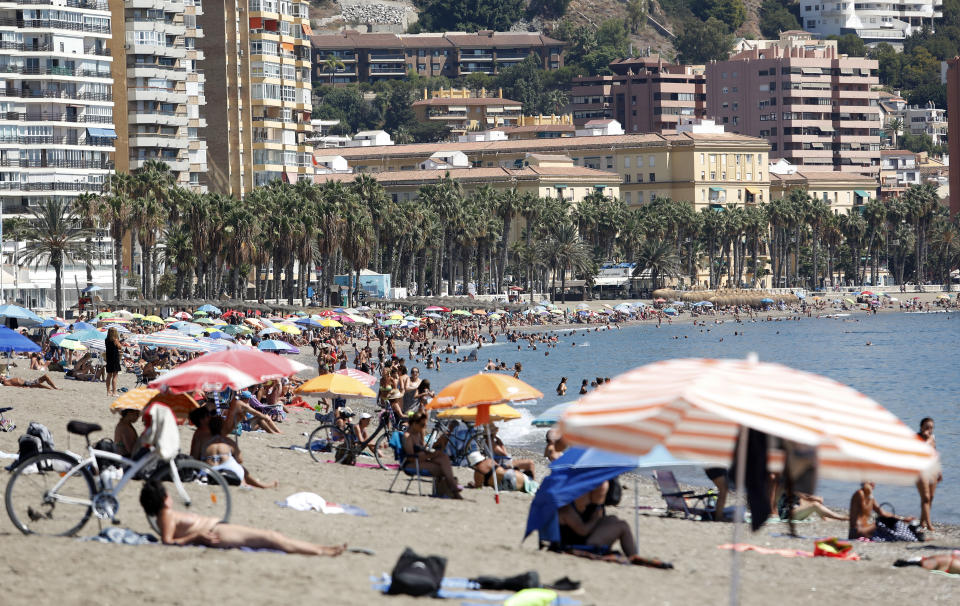'Very serious': Three worrying coronavirus signs emerge in Europe
As coronavirus cases rise across Europe, the World Health Organisation (WHO) has sounded the alarm about how bad the situation really is.
WHO’s regional director for Europe, Hans Kluge, warned on Thursday the situation was “very serious”.
“In the spring and early summer we were able to see the impact of strict lockdown measures. Our efforts, our sacrifices, paid off. In June cases hit an all-time low,” he said.
“The September case numbers, however, should serve as a wake-up call for all of us.”
Here are three statistics the WHO raised that show how bad the situation is in Europe.
Higher cases than during pandemic peak
Kluge pointed out that weekly case numbers have exceeded those reported when the pandemic first peaked back in March.
Last week, Europe reported more than 300,000 cases.
Nations across the continent are carrying out far more tests than they did back in March at the start of the pandemic, so it is accepted the situation was worse back then, but the rapid growth is a cause for concern.

France and Spain recorded the highest number of cases in the past two weeks, with 130,000 and 106,000 respectively.
Both nations have seen their pandemic get out of control in recent weeks despite strict new guidelines being enforced across their countries.
The UK has had the fifth-highest number of cases in the past two weeks at just over 35,000.
Worrying surge in half the countries in Europe
Half of all countries in Europe have seen at least a 10 per cent increase in cases in the past two weeks.
These include most of the high population nations across the continent, including the UK, Germany, France, Spain and Russia.

Many nations are introducing new measures to try and combat the spread, and Kluge noted that we now have much more knowledge around combating the virus than we did in March.
But, most countries are reluctant to introduce another nationwide lockdown after the last one had a devastating impact on their economies.
Coronavirus cases double in seven countries
Among the half of nations that have seen at least a 10 per cent increase, seven of them have seen newly reported cases increase more than two-fold in the same period.
From those seven countries, Hungary and Georgia have seen by far the steepest rise, with 428 per cent and 591 per cent more cases than they did during the previous two week period respectively.
The other nations are:
The Czech Republic with a 207% increase in cases
Denmark with a 169% increase in cases
The UK with a 125% increase in cases
Montenegro with a 122% increase in cases
Norway with a 100% increase in cases
The cost has already been high
There have been 4,893,614 cases of COVID-19 across the continent.
The total number of cases is likely much higher due to the lack of testing availability at the start of the pandemic.
From those nearly five million cases recorded in Europe, WHO says 226,524 people have died.
Kluge was keen to point out that these numbers only point out part of the story, he said the cost on our economies, society and mental health has been “monumental”.

He acknowledged many people were suffering from a “fatigue” when it came to complying with guidelines aimed at stopping the rise in infections and implored nations to find ways to reach out to them.
Looking to the future Kluge said: “Where the pandemic goes from here is in our hands.”
“We have fought it back before and we can fight it back again.”
Yahoo UK
Do you have a story tip? Email: newsroomau@yahoonews.com.
You can also follow us on Facebook, Instagram and Twitter and download the Yahoo News app from the App Store or Google Play.

 Yahoo Finance
Yahoo Finance 
